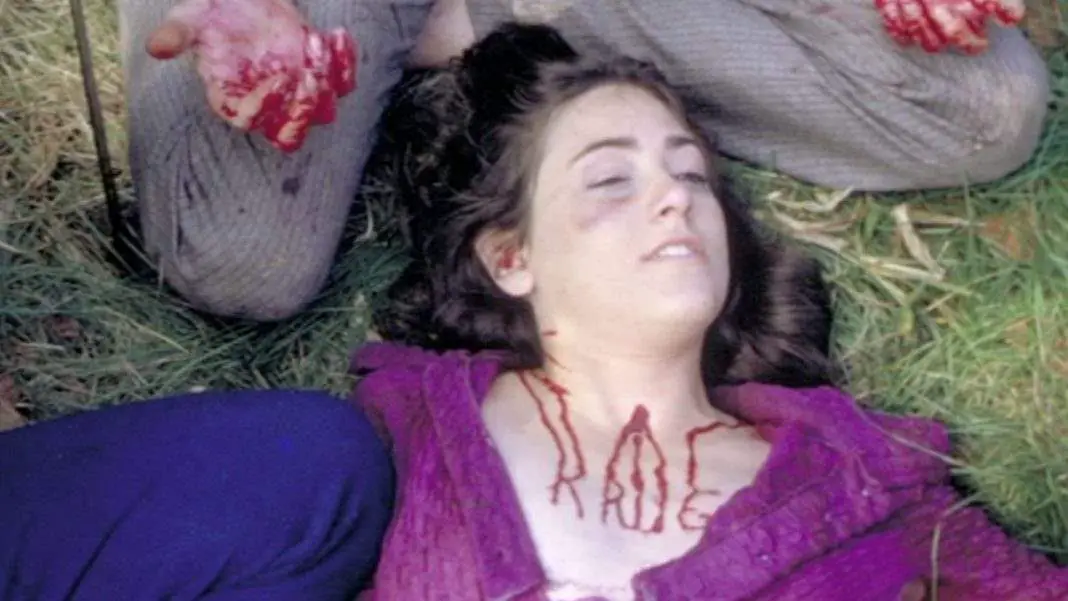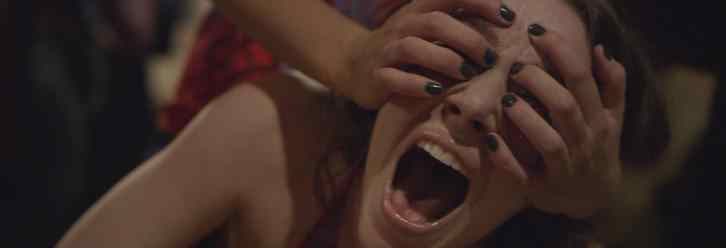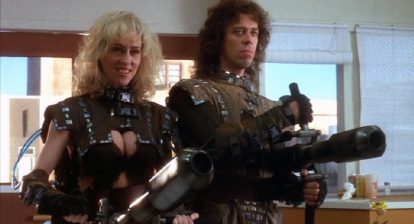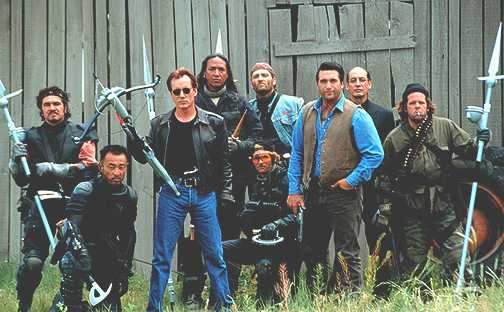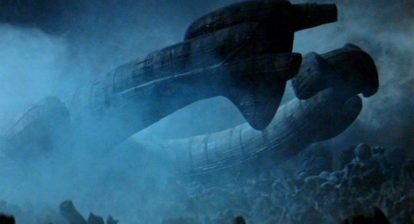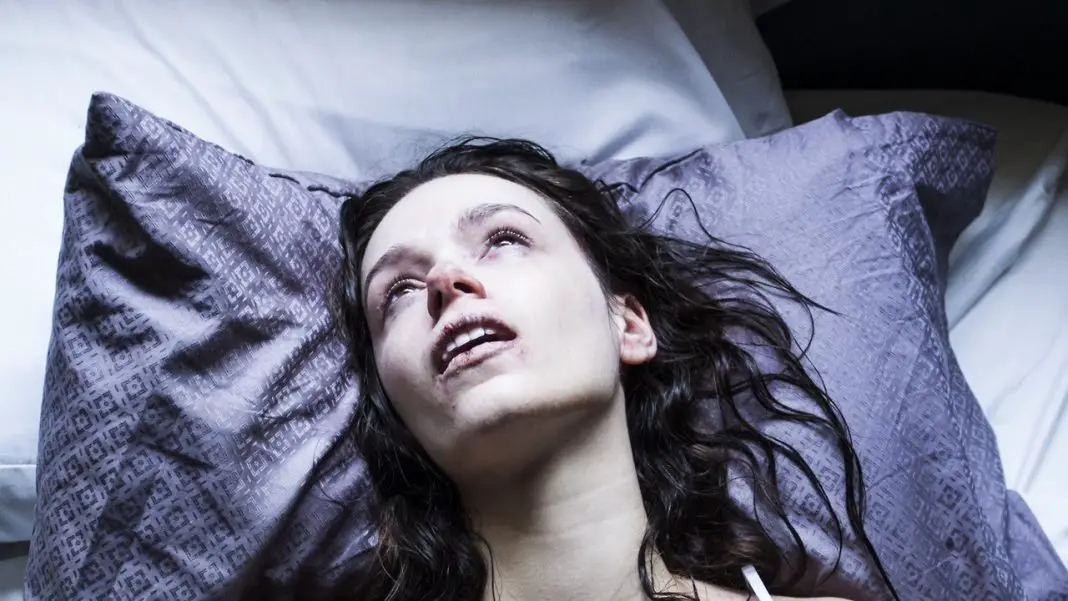It’s no coincidence that Wes Craven’s first feature film is also among his most brutal. Craven had a very repressed Christian upbringing. And there was no real way for him to take in too much violent entertainment in his youth, which led to a very lucrative and successful career in horror.
But the violence in Last House on the Left goes much deeper than that. With movies like The Texas Chain Saw Massacre and Cannibal Holocaust, we talk about the state of horror in the post-Vietnam world. But Last House on the Left didn’t even have that luxury. Vietnam was not over when this film was being made. That sense of dread and constant consumption of violence—whether it was in the news or in the paper, or stories told by soldiers returning home—was everywhere.
The Last House on the Left is a family film in that it is about family and not so much because it is something to watch with the kids. There are two families at war in this movie. One of them is the traditional, structured All-American family. A man, a wife, a teenage daughter. There’s a sense of innocence to this family and innocence winds up playing a large role in the overall story. Mari, the daughter and protagonist, is uncomfortable with her supposed innocence. This is her seventeenth birthday and she sees herself as a woman. It’s a coming of age tale, but a very twisted one because this turns out to be the worst birthday imaginable.
Even the opening scene displays a twist on the conventional, happy-go-lucky family with Mari trying to shock her parents by going out to a concert with a friend they don’t approve of, talking openly about her breasts and trying to assert herself as a young adult. It’s very different from what we think of as the classic nuclear family. Yet, they still discuss everything reasonably and with smiles on their faces. Despite the nature of the discussion, they’re still very cheery about it, almost as if they’re all joking. Even as he tells her to stop talking about her breasts, Mari’s dad is very much a TV dad and her mom is very much a TV mom.When she goes out with her friend, Phyllis, that’s when we get to see Mari as she really is, expressing her own thoughts, doubts and fears without her parents around to monitor her. This is a very brief glimpse into Mari’s character before the day takes a turn for the worse.
The family of killers we’re then introduced to is an inversion of Mari’s own family. They may talk candidly, but her family was still considered fairly normal. A loving mother and father who both care for her as much as they care for each other. This found family of psychopaths, led by Krug Stillo, is completely different. There’s no love shared between any of them, they understand and may even care for each other on some level, but each of them is out for themselves. Except for Krug’s illegitimate son, of course, who is so tortured and controlled he can’t even make decisions for himself out of fear for what might be done to him.
Whereas Mari’s mother seems to be the dominant figure in her household, this family is a total patriarchy led by Krug. He controls everything and everyone, feeding his own child’s drug addiction to ensure that the boy will do everything he says. They’re portrayed as free minds and free spirits, but instead of becoming a cruel representation of everything Mari seems to want to be, they’re actually a mockery of it. Sadie attempts to read and discuss Freud, but she can’t even pronounce his name right.
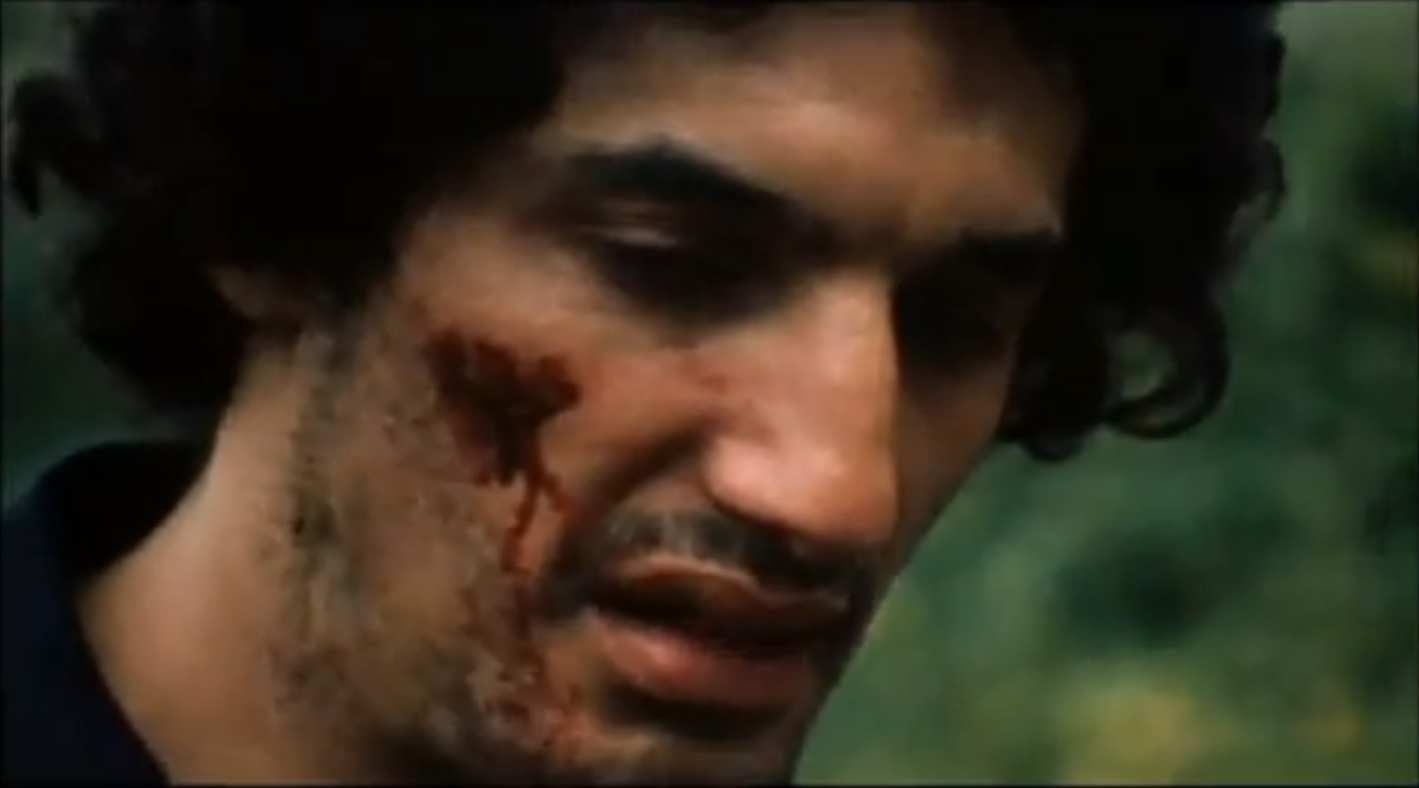 The Last House on the Left is one of the few rape/revenge movies where the victim does not get to claim revenge for themselves. Instead, it’s up to the parents, shown to be perfectly normal and a little repressed, to take matters into their own hands once they discover their daughter’s corpse. Even after the horror of seeing everything Mari and Phyllis are subjected to, this is where the film really comes into its own. It’s not about two warring families, it’s not even a moral fable, it is about the destruction of family. It’s about a climate of violence that shapes and destroys everything around it.
The Last House on the Left is one of the few rape/revenge movies where the victim does not get to claim revenge for themselves. Instead, it’s up to the parents, shown to be perfectly normal and a little repressed, to take matters into their own hands once they discover their daughter’s corpse. Even after the horror of seeing everything Mari and Phyllis are subjected to, this is where the film really comes into its own. It’s not about two warring families, it’s not even a moral fable, it is about the destruction of family. It’s about a climate of violence that shapes and destroys everything around it.
It’s interesting pairing something like The Last House on the Left with a revenge movie like Death Wish or many other similar-themed action vehicles. Those were considered fine at the time, while Last House was a video nasty and labeled as obscene, shocking and not suitable for any audience. And yet, The Last House on the Left is a much more honest take on the subject. Here, you have two parents driven by rage to kill their daughter’s attackers in ways that are even gorier than what the murderers did. It’s not about balancing the scales. It simply, honestly looks at what drives someone to revenge and what you’re left with once it’s over. In the end, they take revenge on the killers and rapists, they kill the people who killed their daughter, and yet their daughter is still dead. In the end, both families are destroyed, along with the parents themselves.
